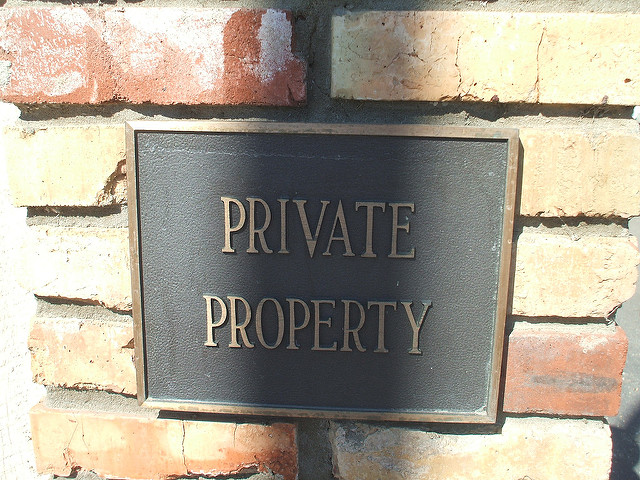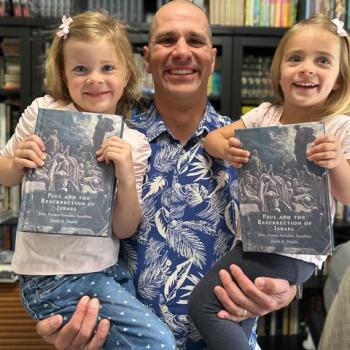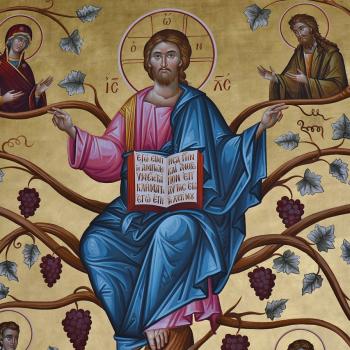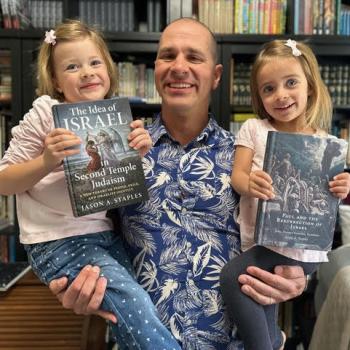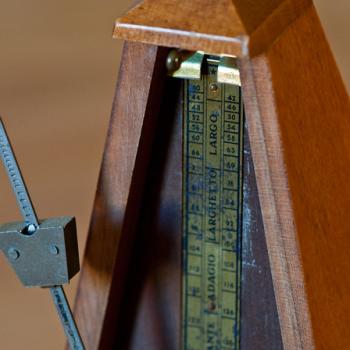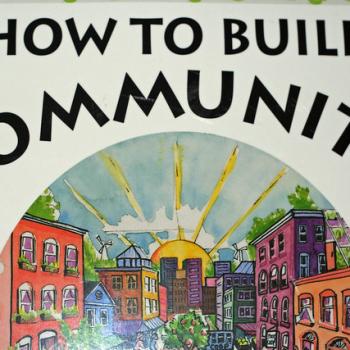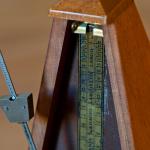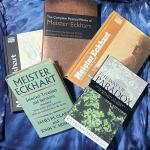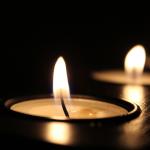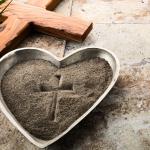We live in a society where we are defined by what we own. The automobiles we drive, the computers we use, the food we eat tell us who we are. The clothes we wear tell other people about the teams, athletic and corporate, we support. Our property tells people, including ourselves, who we are.
One of the most countercultural aspects of monastic life is ownership.
For over 1,500 years Benedict’s Rule has described monastic private ownership as an “evil” practice. Benedictine monks do not own private property. They do not own their own clothes, their own books, their own pens or pencils. Monks do not own anything without someone else’s permission.
The ways we understand the things we use shape the ways we use them. We are entitled to use, or abuse, our own property any way we see fit. If we do not like what we believe this phone or this house says about who we are, we change it. We dispose of one set of things for another. We tend to focus more on what these things do not give us than on what they do. It is easy for us to blame our tools.
The ways we treat property often reflect the ways we treat each other.
There is a dramatic difference between what we share and try to preserve and what we are free to discard. Our own personal preferences and loyalties may not be the most important in making decisions.
The more effort we spend reflecting on ownership, the more we begin to see how things own us. As we hold our property more loosely, we will become more free.
Which of our possessions owns the largest aspects of our lives?
How will we begin to hold our property more loosely this week?
[Image by PinkMoose]


